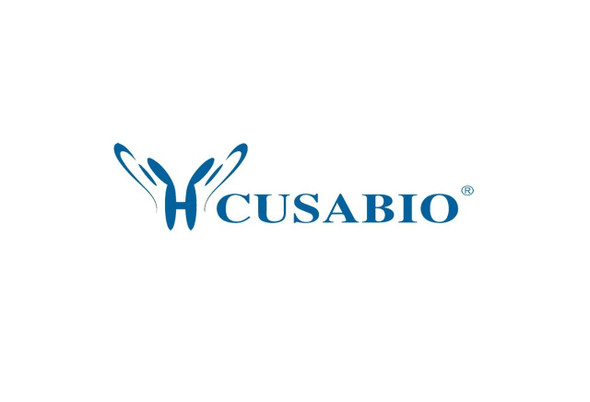Cusabio Polyclonal Antibodies
HIPK4 Antibody | CSB-PA072130
- SKU:
- CSB-PA072130
- Availability:
- 3 to 7 Working Days
Description
HIPK4 Antibody | CSB-PA072130 | Cusabio
HIPK4 Antibody is Available at Gentaur Genprice with the fastest delivery.
Online Order Payment is possible or send quotation to info@gentaur.com.
Product Type: Polyclonal Antibody
Target Names: HIPK4
Aliases: homeodomain interacting protein kinase 4
Background: HIPK4 (Homeodomain-interacting protein kinase 4) is a 616 amino acid protein that localizes to the cytoplasm and exists as two isoforms that are produced by alternative splicing events. Like other members of the HIPK family, HIPK4 functions as a protein kinase that catalyzes the ATP-dependent phosphorylation of target proteins and is thought to act as a corepressor of target transcription factors.
Isotype: IgG
Conjugate: Non-conjugated
Clonality: Polyclonal
Uniport ID: Q8NE63
Host Species: Rabbit
Species Reactivity: Human, Mouse, Rat
Immunogen: Fusion protein of human HIPK4
Immunogen Species: Human
Applications: ELISA, IHC
Tested Applications: ELISA, IHC;ELISA:1:1000-1:5000, IHC:1:50-1:200
Purification Method: Antigen affinity purification
Dilution Ratio1: ELISA:1:1000-1:5000
Dilution Ratio2: IHC:1:50-1:200
Dilution Ratio3:
Dilution Ratio4:
Dilution Ratio5:
Dilution Ratio6:
Buffer: -20°C, pH7.4 PBS, 0.05% NaN3, 40% Glycerol
Form: Liquid
Storage: Upon receipt, store at -20°C or -80°C. Avoid repeated freeze.
Initial Research Areas: Cell Biology
Research Areas: Epigenetics & Nuclear Signaling;Cell biology;Signal transduction











